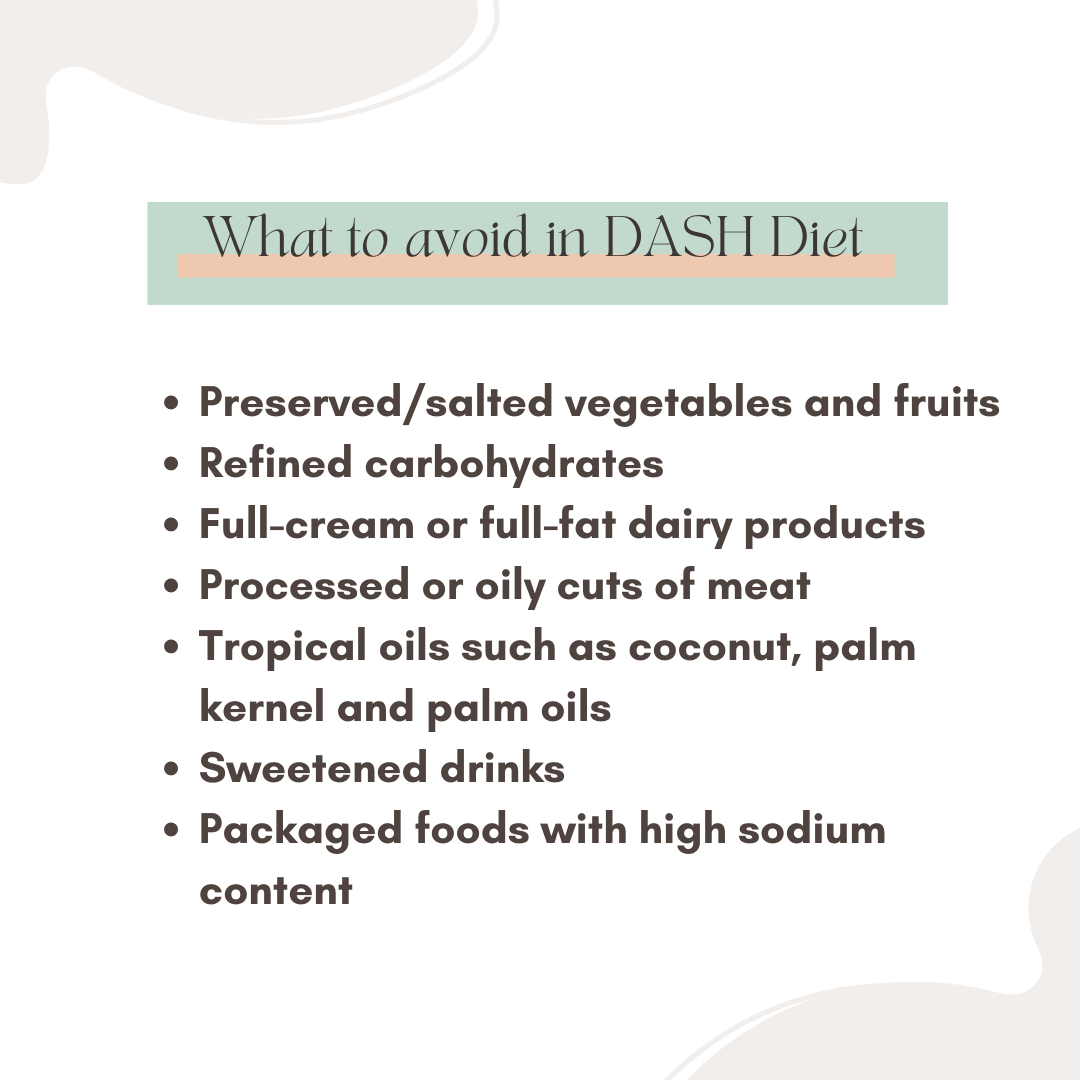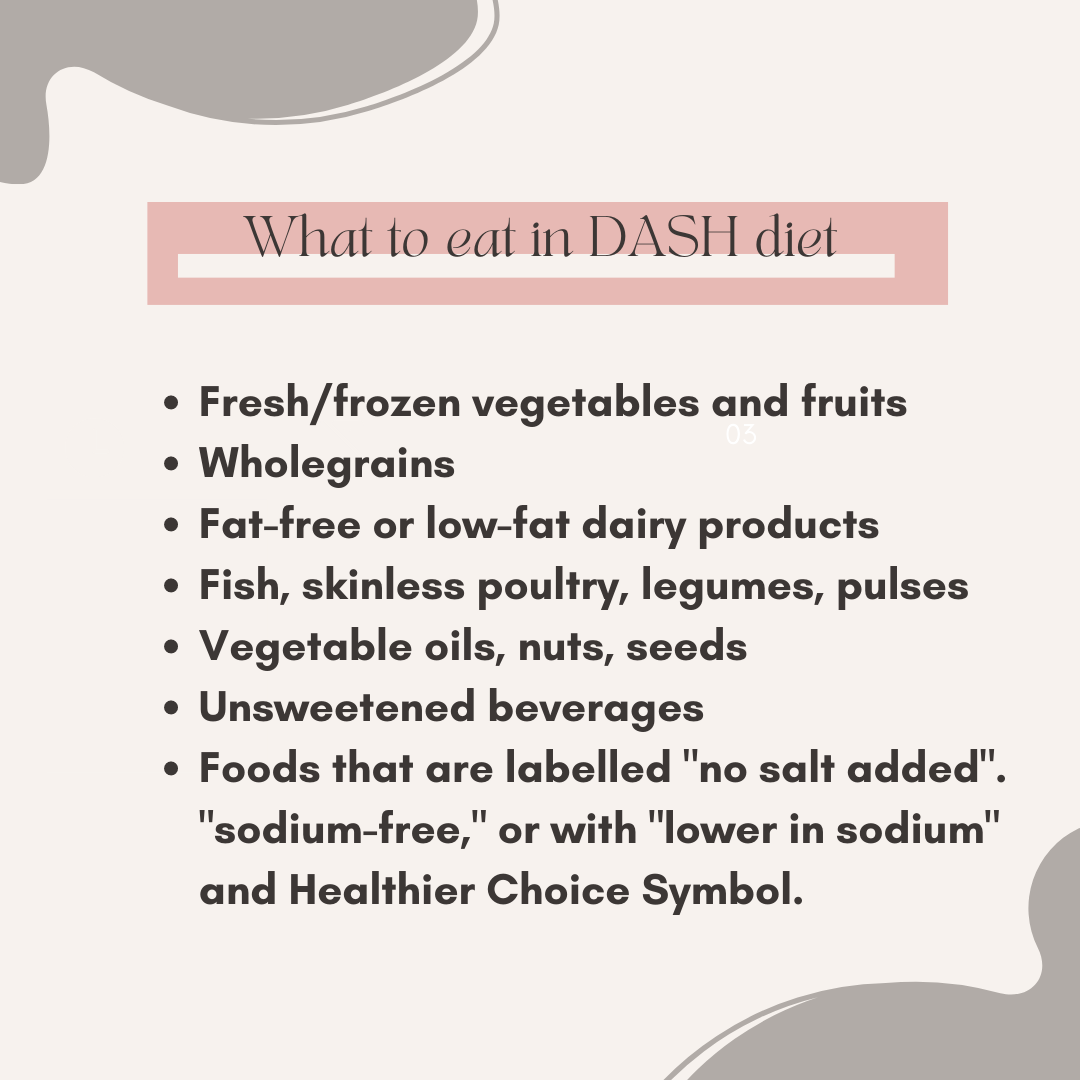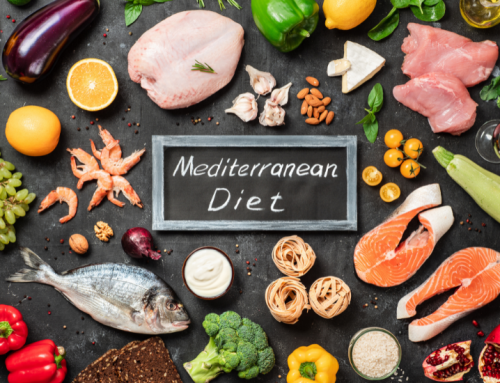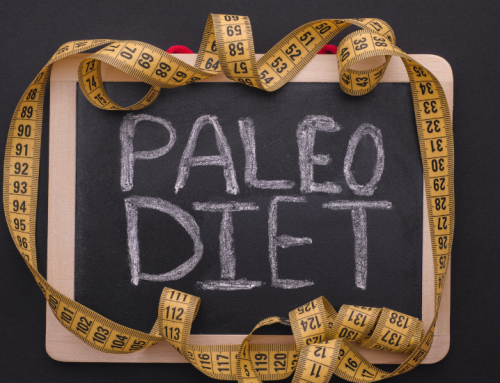Your Guide to Popular Diets — Part 4: The DASH Diet
What Is the DASH Diet?
The DASH diet — short for Dietary Approaches to Stop Hypertension — was created to lower blood pressure and improve heart health. Unlike many fad diets, it doesn’t rely on special foods. Instead, it gives you clear guidance on how many servings of each food group to eat each day or week.
The plan encourages:
-
Plenty of vegetables, fruits, and whole grains
-
Low-fat or fat-free dairy, fish, poultry, beans, nuts, seeds, and healthy vegetable oils
-
Choosing low-sodium foods and limiting added salt
-
Cutting back on refined sugar and sweets
Because DASH is rich in potassium, calcium, magnesium, protein, fiber, vitamins, and minerals, it supports healthy blood pressure. At the same time, it stays low in sodium, saturated fat, and trans fat.
How to Follow It
With help from a dietitian, DASH becomes simple to apply. First, your calorie needs are assessed. Then you receive a clear daily serving guide for each food group.
In addition, you will:
-
Learn portion sizes so you can build balanced meals.
-
Use food labels to spot lower-sodium and nutrient-rich options.
-
Naturally reduce processed foods, since they often contain excess salt and unhealthy fats.
As a result, the plan feels practical and sustainable.
Health Benefits
The DASH diet is one of the most researched eating plans. Studies show it can:
-
Lower blood pressure and help manage hypertension
-
Improve cholesterol and blood lipid levels
-
Support blood sugar control and reduce diabetes risk
-
Reduce inflammation and protect kidney health
-
Lower the risk of heart failure, coronary heart disease, and stroke
Because it is balanced and flexible, DASH works well for long-term health improvement. PRIME














Leave A Comment